Hong Kong Plots Comeback Amid Improving Sino-American Ties

Hong Kong’s first comeback moment might happen as soon as Thursday, when Louis Vuitton’s Hong Kong show lands at Victoria Dockside, overlooking the city’s storied waters.
It not only marks the first time the brand has hosted a runway show for its men’s pre-fall collection, and the first destination show for Pharrell Williams, the brand’s men’s creative director — it will also be the first time the brand has hosted a show in Hong Kong, a city that has lost some of its sparkle, first during the 2019 social unrest, then during three years of stringent COVID-19 isolation.
More from WWD
LVMH-backed Madhappy Takes the Wraps Off First Permanent West Hollywood Store
Dior Heads to Hong Kong, Campbell Addy's Award, Knoll Taps Noel Mercado
EXCLUSIVE: Dior to Show Men's Pre-fall Collection in Hong Kong
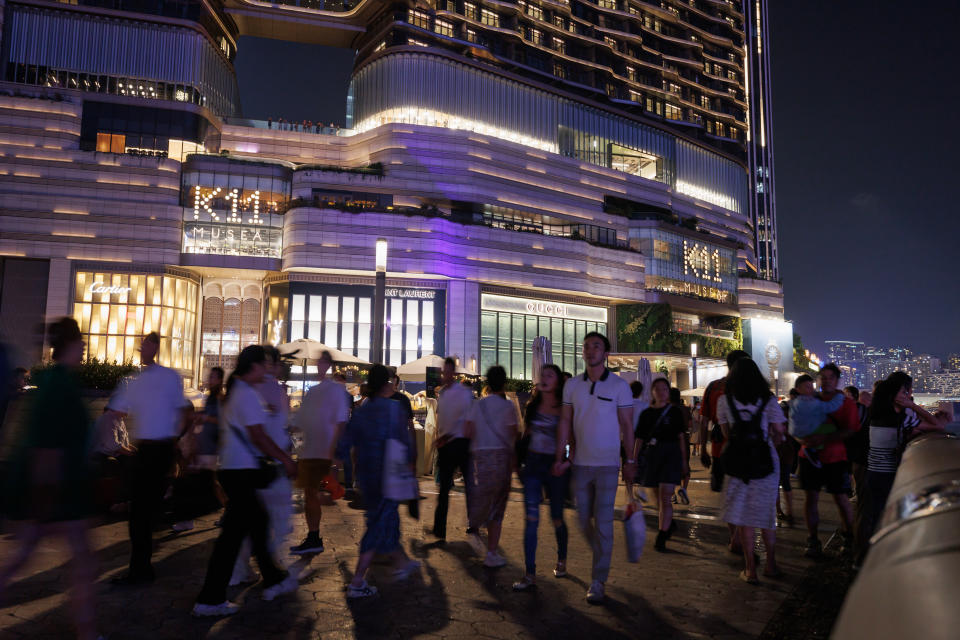
But Pietro Beccari, chief executive officer at Louis Vuitton, firmly believes that Hong Kong is in the midst of a renaissance, one supported by the fact that it is currently one of the “top five best-performing luxury markets in the world,” he recently told the South China Morning Post.
Earlier this week, Dior, LVMH Moët Hennessy Louis Vuitton’s other high-voltage mega brand, revealed plans to stage its men’s pre-fall collection in Hong Kong next year, another sign that will help mark Hong Kong’s grand return as a global fashion hub.
For the semiautonomous Chinese territory, news of strengthened U.S.-China relations — as a result of U.S. President Joe Biden and Chinese President Xi Jinping’s recent face-to-face meeting in San Francisco ahead of the APEC Summit — meant that the road has somewhat cleared for Hong Kong to reconnect with the West and reclaim the city’s international and financial standing.
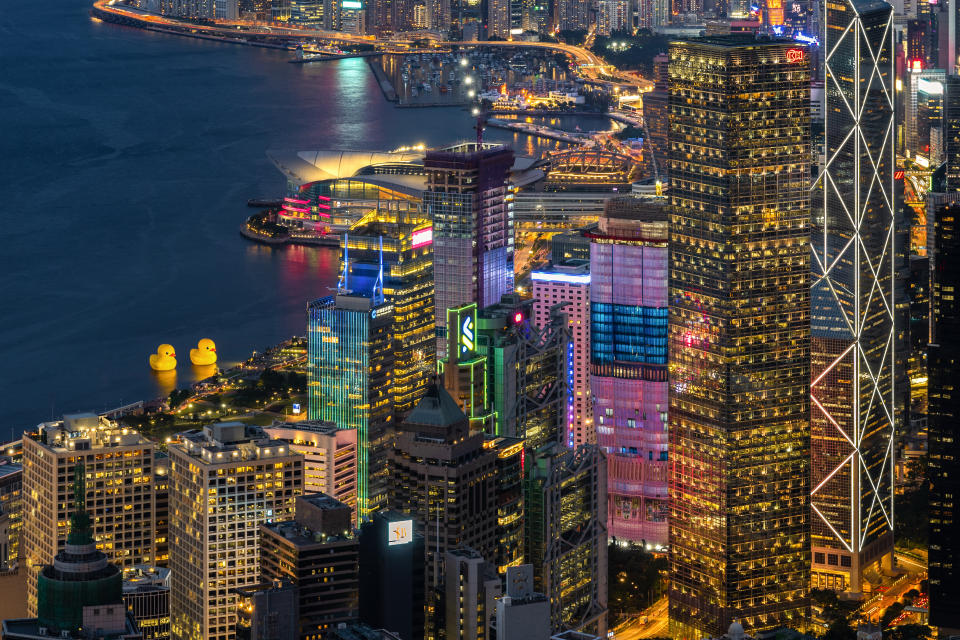
Euromonitor reported that in 2023, Hong Kong achieved the highest per capita spending on luxury goods globally, reaching 16,794.40 Hong Kong dollars, or $2,155.80.
Competitively priced hard luxury goods will be a main driver of growth. During Hong Kong’s version of a revenge shopping spree in 2022, fine jewelry saw a growth rate of 25.8 percent. Competitive pricing also helped lift men’s and women’s watch sales by 30.5 percent and 24.5 percent, respectively in 2022, the fastest growth rates in the world.
According to Euromonitor, Hong Kong is well positioned for luxury sales to return to pre-COVID-19 levels by mid-2024.
Still, general consumer sentiment will remain weak due to “high-interest rate and poor wealth effect, especially in real estate and equities,” according to Gary Ng, senior economist of Asia Pacific at Natixis Corporate and Investment Banking. “As a result, households would rather spend money across the border in Shenzhen for lower prices or embark on a longer trip to other countries as revenge for outbound tourism.
“Consumer sentiment will only recover to the pre-pandemic level by 2025, and it may take even longer to reach the peak before the social unrest and if we take into account inflation,” he added.
Hong Kong’s tourism sector accounted for around 4.5 percent of the city’s GDP in 2018, but that has dropped to around 0.1 percent in 2021, according to the latest official data. Facing a talent shortage, Ng believes the shopping hub still has “a long way to catch up.”
As local landlords shift their focus to the mainland China market, JLL, a global real estate operator, also believes Hong Kong’s retail scene will undergo “a long recovery process.”
“The city cannot rely on old formulas to regain its retail vibrancy and fame as a globally renowned tourist destination,” JLL wrote in a recent report. “The competition is not only on brand mix, but basically on the whole experience journey including both hardware and software.”
According to JLL, experiential retail, such as K11 Musea‘s “multipurpose” approach that incorporates arts and design, will be a winning formula going forth.
During the eight-day Golden Week festival in October, both K11 Musea and K11 Art Mall experienced peak footfall and sales numbers with a year-over-year increase of 70 percent and 40 percent, respectively.
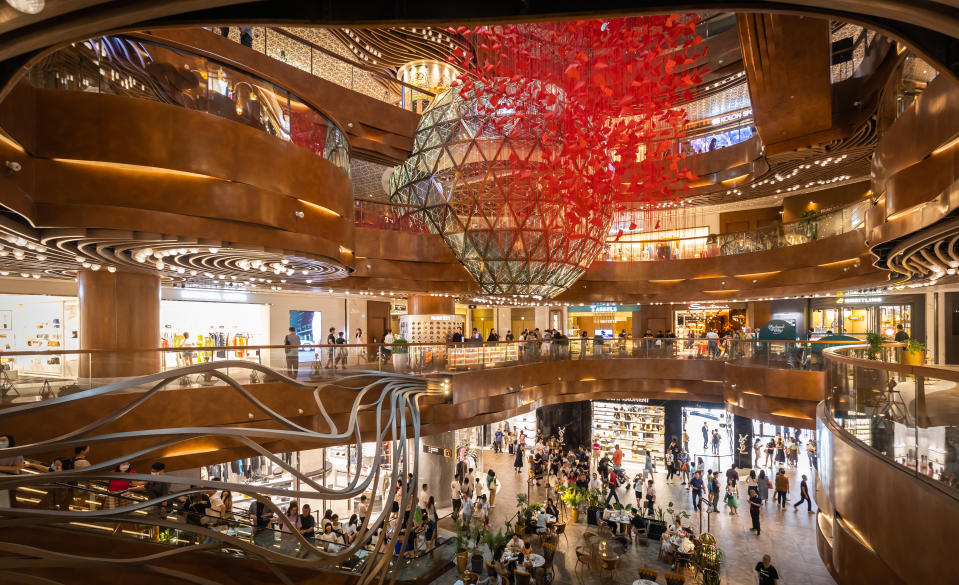
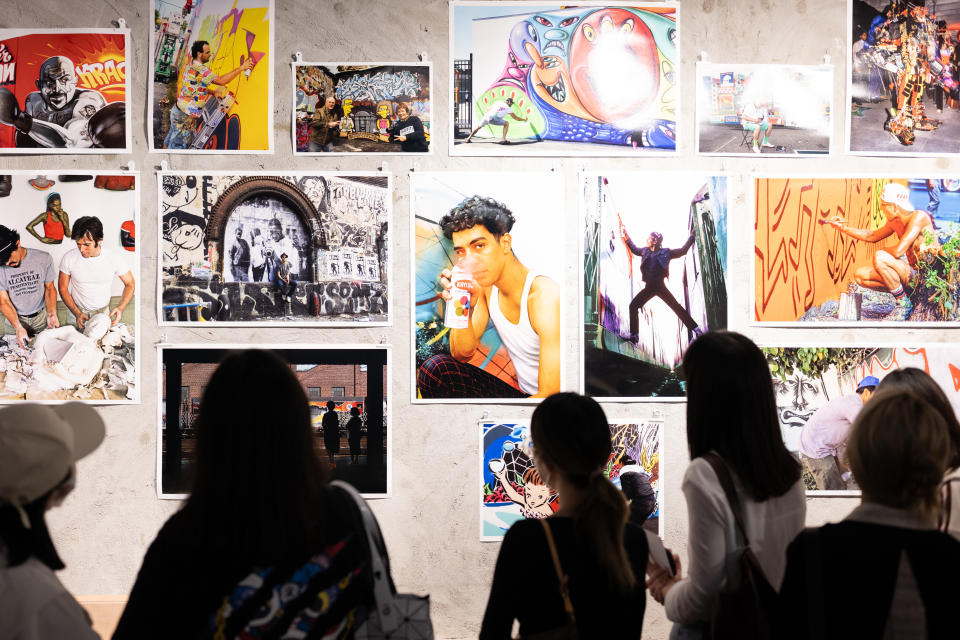
For Kapok, a multibrand fashion chain, the challenging COVID-19 years offered a chance to expand to prime retail locations and test the company’s retail know-how. According to Cushman & Wakefield, this year’s high-street rent levels, in slow recovery mode, still sit at half of 2019 levels.
“The spending is there, but it was too easy 10 years ago — when I was talking to malls then, if you have money, you open a shop and the customers will be there. But now it’s more balanced, you need to do something good to survive and succeed,” said Arnault Castel, who recently stepped down from day-to-day operations, but has spent the last 18 years steering Kapok.
For Castel, people will always have time to shop, and an entertaining retail experience has to be “as good as visiting a museum.”
“Don’t be boring anymore is the wake-up call for Hong Kong during the pandemic years,” Castel added.
“I always thought serving Champagne in shops is a gimmick. Retailers need to go back to the essence of retail, which is to invest in visual merchandising, make the store smell nice, put on good music, fill the store with brands from countries people have not visited,” Castel said.
With his savvy approach, Kapok’s business expanded to three times the size in the last few years. Most recently, Kapok opened a street-front store at Causeway Bay, a busy shopping boulevard on Hong Kong Island.

“I think there’s a future for the 1,000 to 3,000 Hong Kong dollar price range. It’s also something missing in mainland China retail, which is very polarized,” added Castel, who, in his second act, has plans to help local brands accelerate growth in the market.
“Before, if you had to name one Hong Kong fashion brand, it was kind of hard because locals weren’t really appreciative of local stuff. But that’s changed in recent years. They’ve become more open-minded, and there are more young designers embracing the local culture,” said Dee Lam, a Hong Kong-based creative director and cofounder of A.society.
“There’s definitely a lot more local brands that hit a mass-market price point and that has some soul, which is really rad because Hong Kong needs that competition to elevate its standards, to have a healthy market,” said Arthur Leung of Victoria Hong Kong, a skate brand that launched officially in 2019.
For Leung, the city’s creative scene has always been a “melting pot” that differentiates it from the West while intricately linked to the global scene.
Being a one-man-shop at Tsuen Wan, a stone’s throw away from the hustle and bustle of Hong Kong’s financial center, meant that Victoria Hong Kong is staking a claim in reviving the city’s street retail scene, one also hard hit by the pandemic.
“It’s a bit mellow a location, not so financial, has a good mix of modern and old Hong Kong, and the rent is much cheaper than Central,” Leung explained.
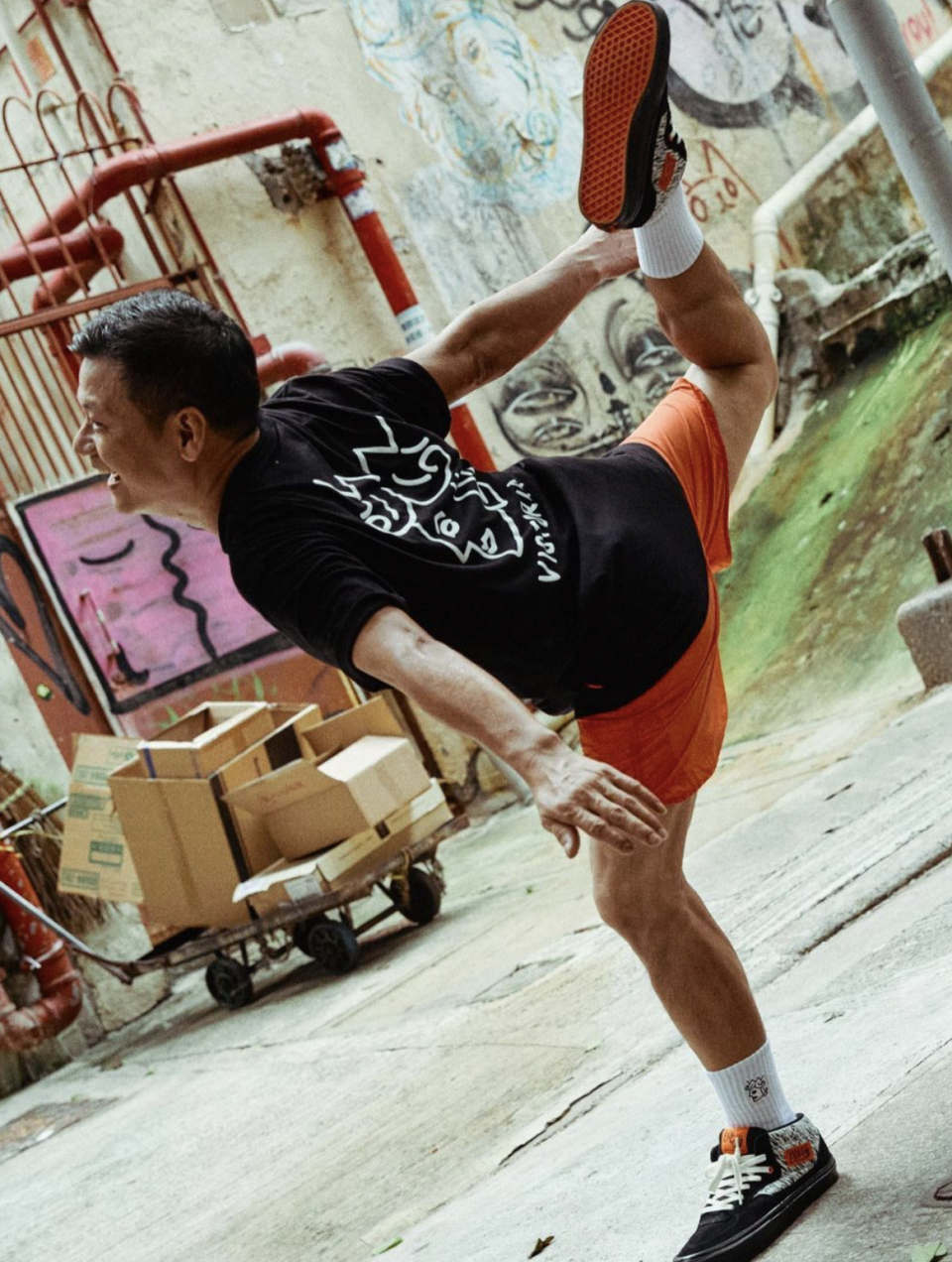
For young creatives, the consensus is that by presenting a fresh take on local culture, the city will get back on the global map, as it did with film in the ’90s.
“It has been very tricky and challenging for Hong Kong to find its new identity,” said Alex Po, cofounder of Ponder.er, a designer menswear label. “But we think this ongoing challenge might lead to new possibilities.”
“I think the Hong Kong youth want to capture what they are about to lose, so it’s a time for them to really embrace the local culture,” said Jason Mui of Yat Pit, a local designer brand he cofounded in 2015.
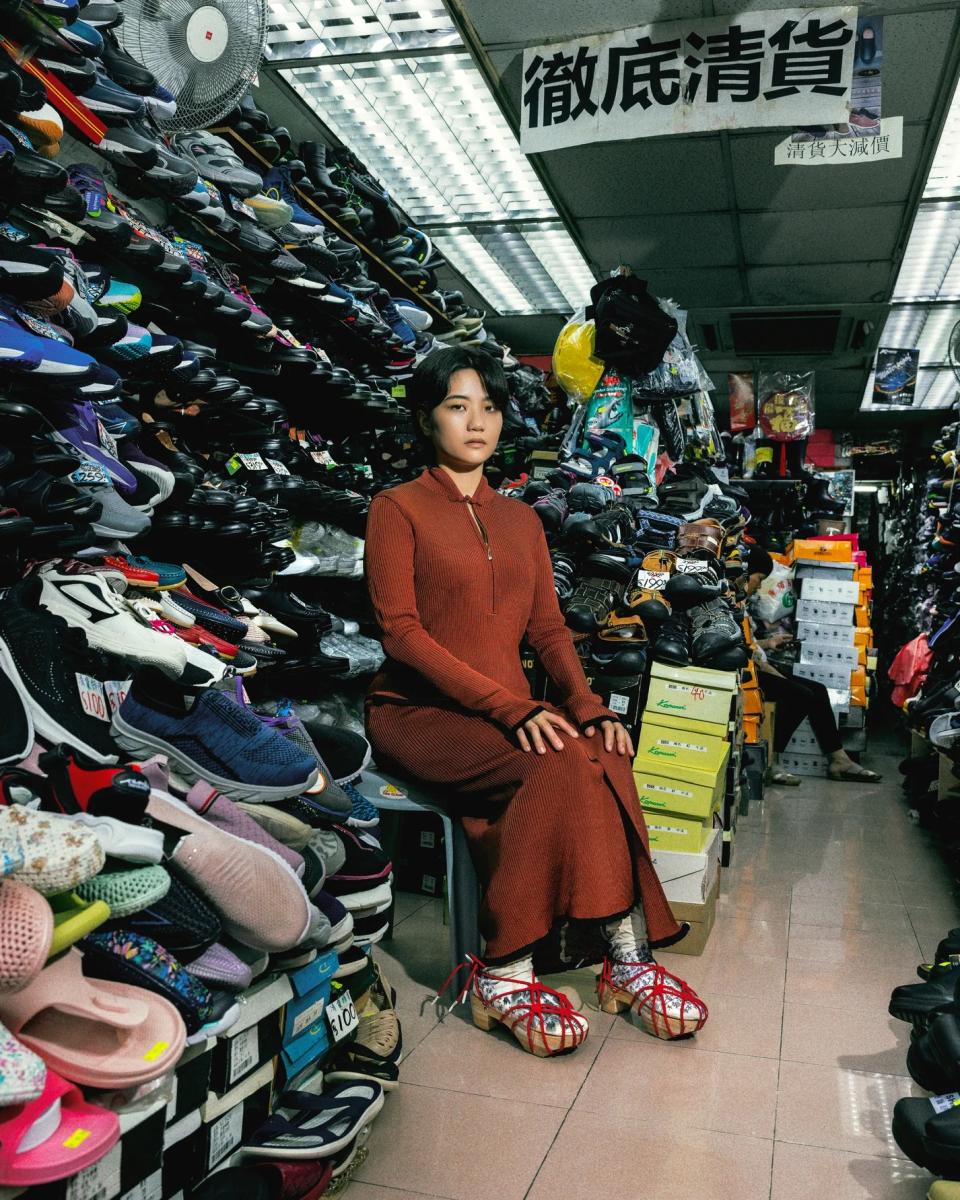
“The tougher it gets, the more creative people get,” added Yat Pit’s cofounder On-Ying Lai, pointing to flea markets at local galleries that showcase a unique side of the city’s undercurrent of creative energy.
One of those underground kids is Christian Stone, who pointed to a brewing underground scene in an urban milieu called Sham Shui Po. “It used to be a fake market for tech goods, but now we go there for rave parties,” Stone said.
Another name that floats around the local creative scene is Andrew Mok, better known as Offgod, a 17-year-old known for his anime-inspired creations that have attracted the attention of both Williams and Takashi Murakami.
Next month, A.society and Offgod are launching a collaboration that will feature products that meld eyewear and headphones. “It’s really the young kids from Hong Kong with their younger audience that are pushing the envelope. It’s a moment we’ve never had in Hong Kong,” Castel said.
Best of WWD

